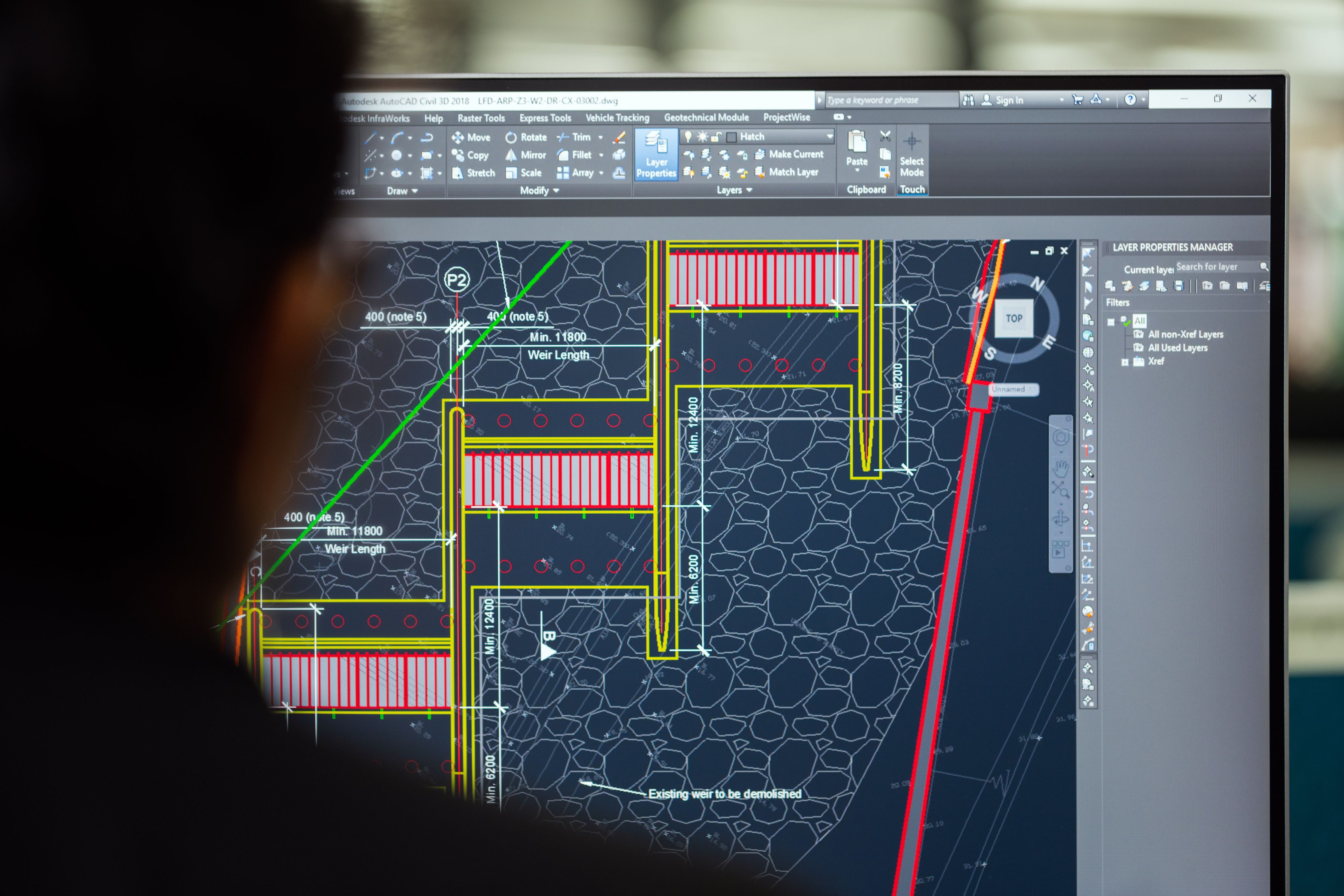Understanding the Software Development Lifecycle: A Roadmap to Building Smarter Tech Solutions

In today's fast-paced digital world, every app, website and system we use is built through a process known as the Software Development Lifecycle (SDLC). Whether you're booking a ride through an app or managing your finances online, the seamless digital experiences we enjoy are powered by a well-defined software development process. But what exactly is the SDLC and why is it so crucial in the IT industry?
For students and aspiring tech professionals, understanding the SDLC is key to building successful careers in software engineering, IT project management, systems analysis and more. And with the right training, such as the one offered by the School of Computing and Digital Technology at UNIMY, you can gain a competitive edge in this ever-evolving industry.
What is the Software Development Lifecycle?
The Software Development Lifecycle is a structured approach to designing, developing, testing, deploying and maintaining software. It provides a roadmap for software teams to follow, ensuring the final product is functional, efficient, secure and user-friendly.
The SDLC typically consists of six to seven key stages, each with a specific purpose:
1. Planning
This is where the project begins. Developers and stakeholders define the software’s purpose, its intended users, required features, timelines and budget. It's a crucial step that sets the tone for the rest of the project.
2. System Analysis and Requirements Gathering
Here, IT professionals work with clients to gather detailed requirements. Analysts study the current system, identify problems and decide what needs to be improved. This ensures the software will meet actual business needs.
3. Design
During the design phase, system architects and UI/UX designers draft the software structure, database schema and user interface layouts. Security, scalability and performance are key considerations at this stage.
4. Development (Coding)
This is where the real building begins. Programmers write the code based on the specifications outlined in the design phase. This phase requires strong programming skills, attention to detail and teamwork.
5. Testing
Before launching, the software goes through rigorous testing. QA engineers check for bugs, security issues and performance bottlenecks. This phase ensures the software is reliable and functions correctly.
6. Deployment
Once tested and approved, the software is released to users. Whether it’s rolled out all at once or in phases, deployment is closely monitored to ensure a smooth transition.
7. Maintenance and Updates
The lifecycle doesn’t end after deployment. Maintenance ensures the software stays updated with the latest security patches, performance improvements and new features.
Why the SDLC Matters in the IT Industry
The SDLC is more than just a checklist. It’s a framework that ensures software development is efficient, cost-effective and aligned with user needs. With so many moving parts in any tech project, having a clear development roadmap helps teams avoid common pitfalls like missed deadlines, security flaws or poor user experience.
For businesses, using a proper SDLC model reduces risks and improves product quality. For IT professionals, it means understanding where your role fits in the bigger picture, whether you’re a developer, tester, analyst or project manager.
How UNIMY Prepares You for the Software Development Lifecycle
The University Malaysia of Computer Science and Engineering (UNIMY) offers specialised programmes that equip students with in-demand skills across every stage of the SDLC. From programming and system design to cybersecurity and project management, UNIMY’s School of Computing and Digital Technology provides a comprehensive foundation in software engineering principles.
Courses focus on practical, industry-relevant training. Students get hands-on experience with tools like Python, Java, JavaScript such as React and Node.js, databases, version control systems and Agile project management software. More importantly, UNIMY nurtures problem-solving skills and critical thinking, traits that are essential at every phase of software development.
Graduates from UNIMY are not just coders; they are system thinkers, UX designers, quality testers and solution architects—all roles that are vital to a successful software lifecycle.
Real-World Relevance: Careers That Use the SDLC
Understanding the SDLC opens doors to many tech careers, including:
- Software Developer - Building applications that solve real-world problems.
- Systems Analyst - Bridging the gap between business needs and technical solutions.
- Project Manager - Overseeing teams and ensuring software projects meet goals and deadlines.
- Quality Assurance (QA) Tester - Ensuring products are bug-free and perform as expected.
- DevOps Engineer - Managing deployment and maintaining software post-launch.
- Full-Stack Developer - Designing the user interface, writing code for the front-end and back-end, testing and debugging.
- Cloud Engineer - Designs, builds and manages cloud-based systems and infrastructure.
As more businesses go digital, the demand for professionals who understand software development best practices will continue to grow.
Build Your Future in Software Development
Whether you're passionate about writing code, designing digital experiences or managing IT projects, understanding the Software Development Lifecycle is essential. It helps you see the big picture and contribute meaningfully to the creation of powerful digital tools.
At UNIMY, you’ll not only learn the theory but also apply it through real projects, preparing you for a future in tech that’s dynamic, rewarding and full of possibilities.
References
- UNIMY School of Computing & Digital Technology: https://www.unimy.edu.my/school-of-computing-digital-technology/
- IBM: What is SDLC? https://www.ibm.com/topics/software-development-life-cycle
- Microsoft Learn: Software Development Life Cycle Overview
- GeeksforGeeks: Software Development Life Cycle (SDLC) – Phases, Models, and Advantages
- Indeed: What is the Software Development Life Cycle? (2023)



